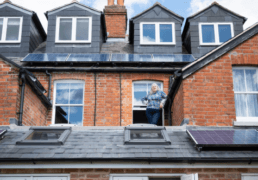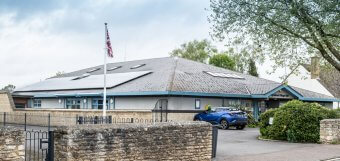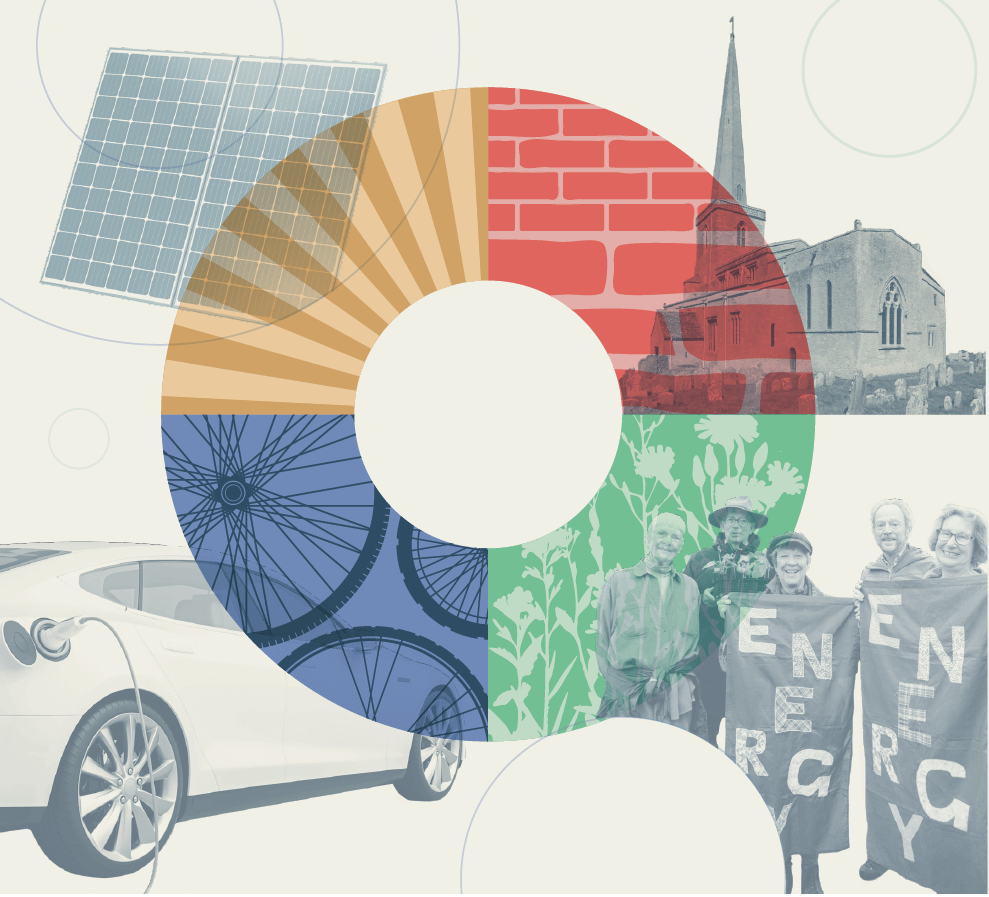
Community Action Plan for Zero Carbon Energy
Our Community Action Plan for Zero-Carbon Energy is the first of its kind in the UK.
It models how a cluster of communities in West Oxfordshire can create a zero-carbon energy system in their local area, in a way that works for them. It is a plan developed by community representatives together with experts, and it has now entered an exciting implementation phase. Everyone is needed: residents and businesses can lead the way, by taking action now.
The Vision
Our project mission is to achieve a zero-carbon energy system in the Eynsham (Cuckoo Lane) Primary Substation Area before 2050 through long-term stewardship in a way that benefits and motivates current and future residents and provides a model to inspire wider action.
Want to know more about words and phrases on this page? Check out our energy glossary for explainers.
 Report
ReportCAPZero Report
Download our CAPZero report to find out more about the first community energy plan developed by local people in the UK. Want to find out more in detail about the project? Read the full report here. The CAPZero vision is to reach net zero and have a cleaner, greener energy system as soon as possible.…Find out moreWe want this Plan to be a useful model for others to follow to speed up the much-needed move to a zero-carbon energy system.
The UK has set a legally binding target to achieve a 78% carbon reduction by 2035, and net zero by 2050. Our whole energy system needs to change to reach that target.
We want to reach net zero and have a cleaner, greener energy system as soon as possible. To do this, we need to halve energy usage and double our renewable energy generation. A zero-carbon energy system is possible if we act now, both locally, at a Primary Substation level, and nationally.
Mim Saxl, Net Zero Communities Manager, Low Carbon Hub
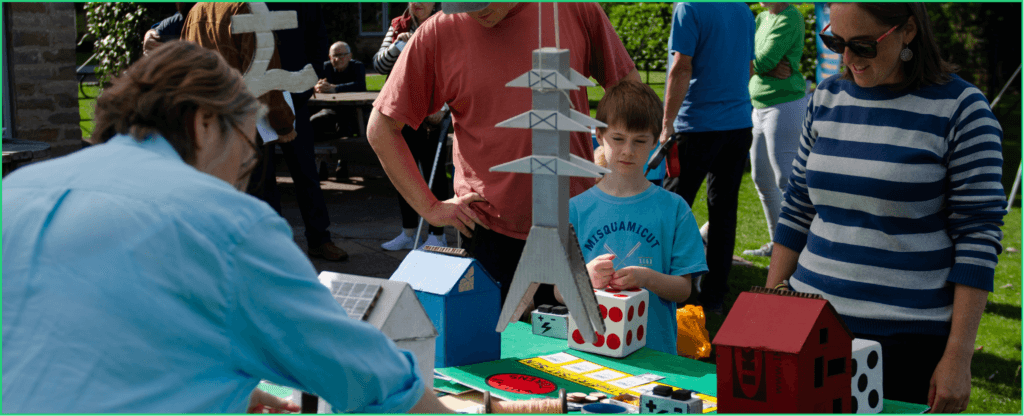
FAQs
What area does this plan cover?
Our plan covers parts or all of 8 parishes in West Oxfordshire, that sit within a single Primary Substation Area. These are:
- Cassington
- Eynsham
- Freeland
- Farmoor in Cumnor
- Hanborough
- North Leigh
- South Leigh
- Stanton Harcourt & Sutton
The Primary Substation Area (PSA) is the ‘local’ part of the national electricity network, where the voltage is stepped down to enter our homes and workplaces, and where we have the biggest opportunity to make a difference in the way we use energy.
From switching to electric heating and electric vehicles through to reducing our energy demand by improving energy efficiencies, we have the power to change how we use energy.
Energy planning is usually done at a larger scale, but we want this Action Plan to be community-led at a community scale, and to be a useful model for others to follow to speed up the move to zero-carbon. There are just over 60 PSAs in Oxfordshire, and each one could develop a Community Action Plan.
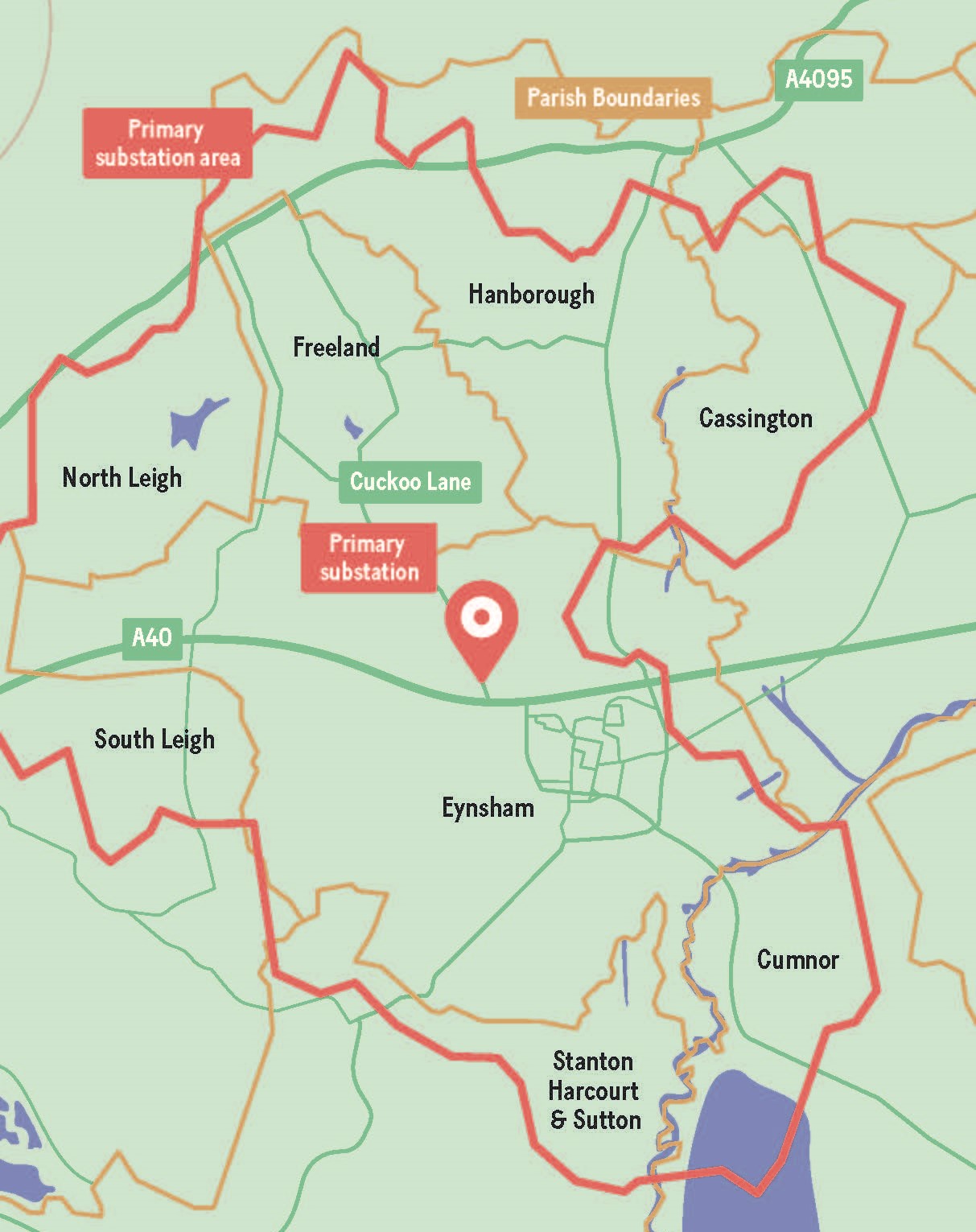
What is a zero-carbon energy system?
The energy system we currently have continues to rely on fossil fuels like oil and gas, and energy production is still responsible for most of our carbon emissions. These carbon emissions cause climate change. We need to move to using renewable electricity for our heating and transport needs to cut these carbon emissions. At the same time, we need to reduce our energy demand by making our existing and new buildings more energy efficient (e.g. through improved insulation). If we do this, our plan shows we can shift our energy production to 100% renewable and still meet our energy needs in the timeframe we have.
Do ‘net zero’, ‘zero-carbon’ and ‘carbon neutral’ all mean the same thing?
When a product or service is described as ‘zero-carbon’, it means that no carbon emissions are created in its production; so, a zero-carbon energy system, the creation of which is the aim of our CAPZero, is an energy system that relies 100% on renewables, with no carbon emissions produced in the energy’s production.
To understand ‘net zero’ and how it differs from ‘carbon neutral’, read this post.
Can we do it? YES!
Our modelling (completed by Energy Systems Catapult as part of Project LEO) has shown that we can reach net zero by 2050 and generate all the energy we need locally over a year. Although we hear a lot about the government target to achieve net zero by 2050, there is mounting evidence that we need to be much more ambitious, so we have set targets for 2030 as well as 2050 (in line with Oxfordshire County Council’s Pathways to a Zero Carbon Oxfordshire report).
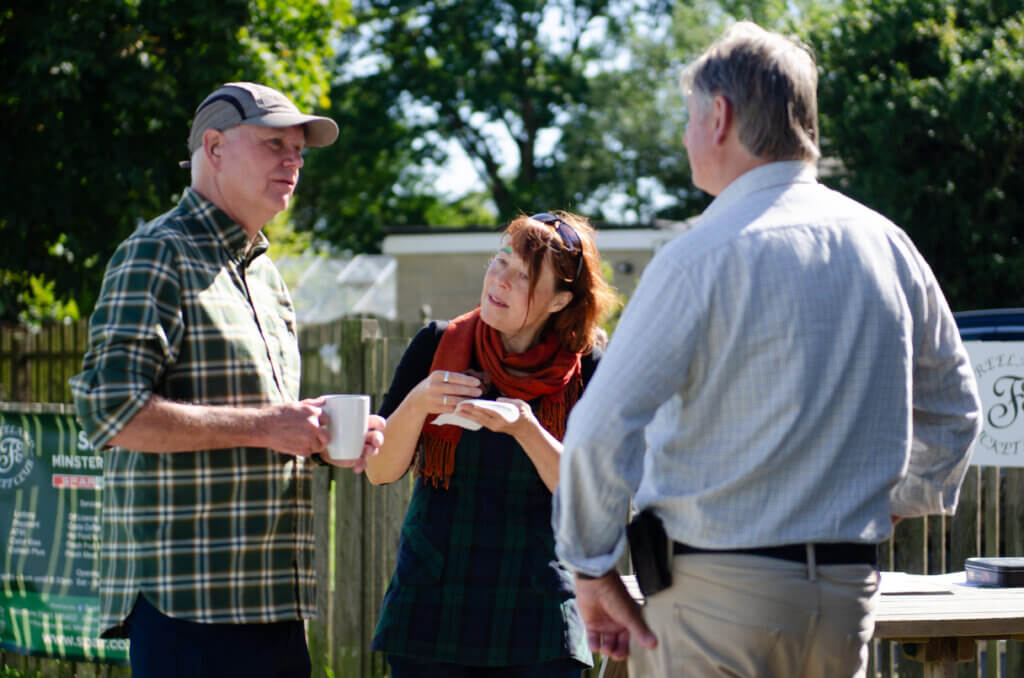
Stay in touch
Sign up to our newsletter to get all the latest developments on the CAPZero project directly to your inbox.

Is there really such a thing as free solar panels?
Is there really such a thing as free solar panels? With energy prices still high, many households are wondering whether solar can really be installed for free – or if those online offers are too good to be true. We explain which government-backed schemes genuinely support low-income households, who qualifies, and how to avoid misleading or fraudulent offers.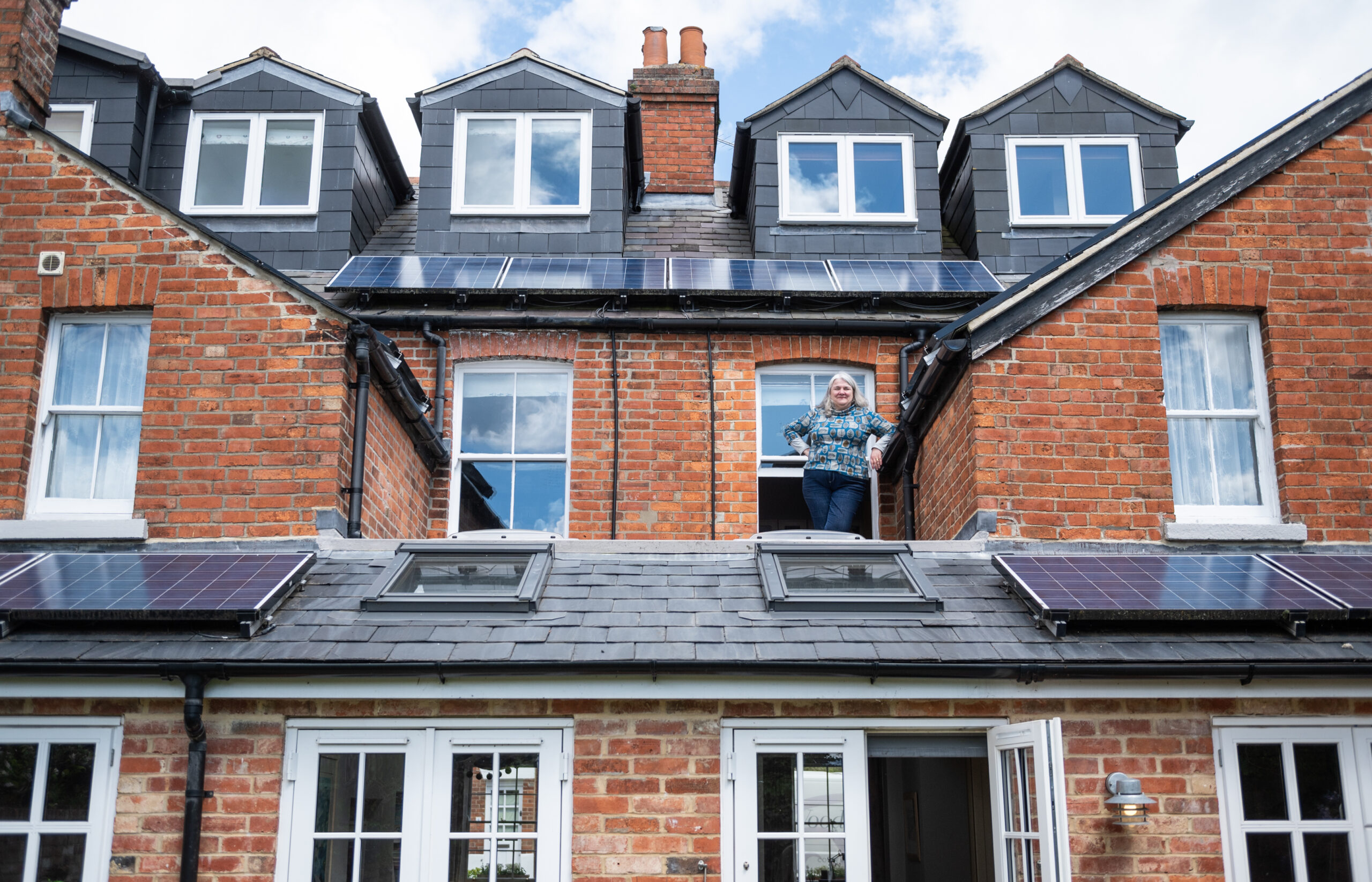
How to choose a good solar installer
As more households turn to solar to cut energy bills and carbon emissions, demand for installations is rising fast. But with so many new companies entering the market, choosing the right installer can be confusing. Our guide explains how to find a trustworthy solar installer, what to check before you sign, and how to protect yourself from common pitfalls – with insights from local experts and community experience across Oxfordshire.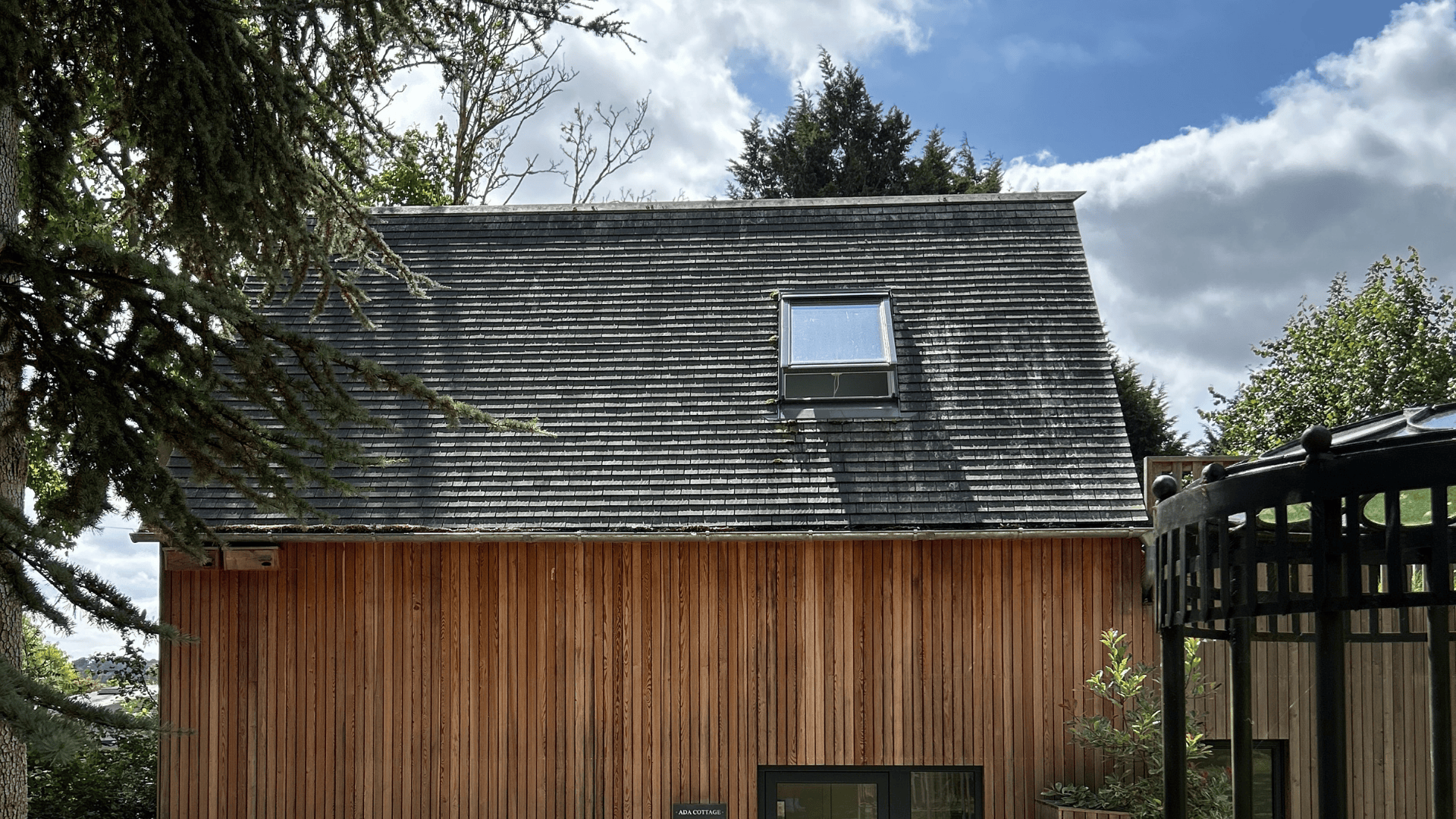
Eco-homes in Oxfordshire
The national housing shortage is a hot topic at the moment, as are the carbon emissions associated with new developments (such as Salt Cross in West Oxfordshire). I recently visited a unique eco-homes project in Eynsham to find out more about how communal living can set a positive precedent. When entering the site of Mike…

